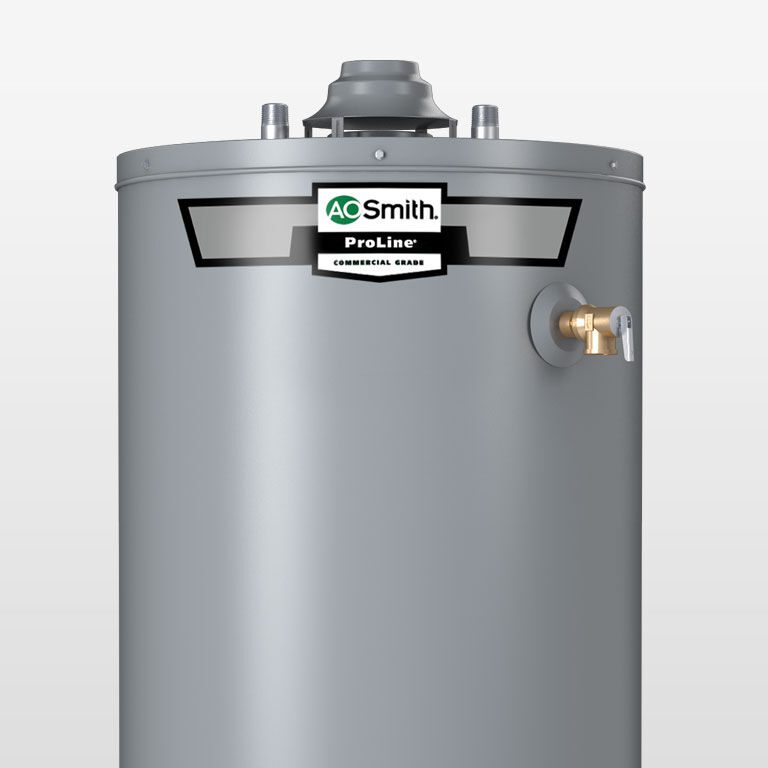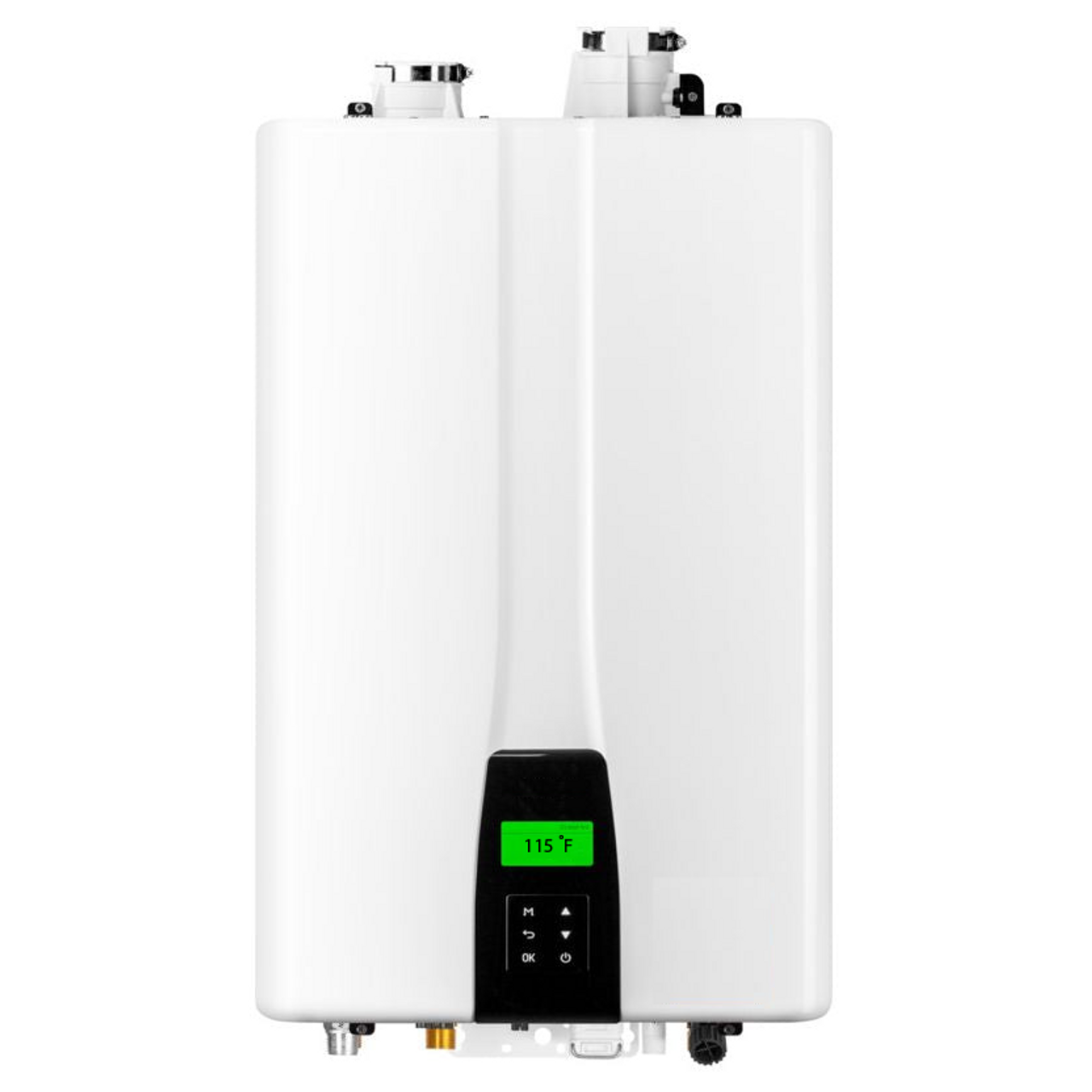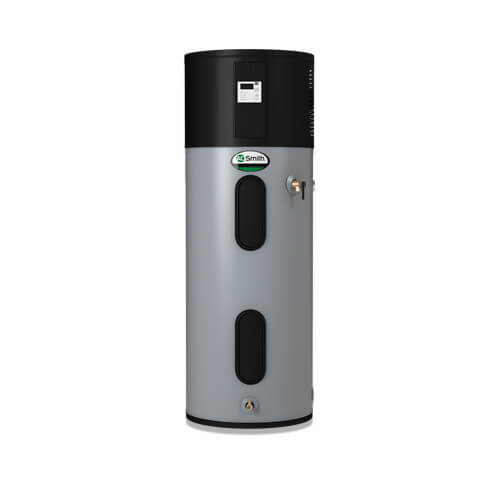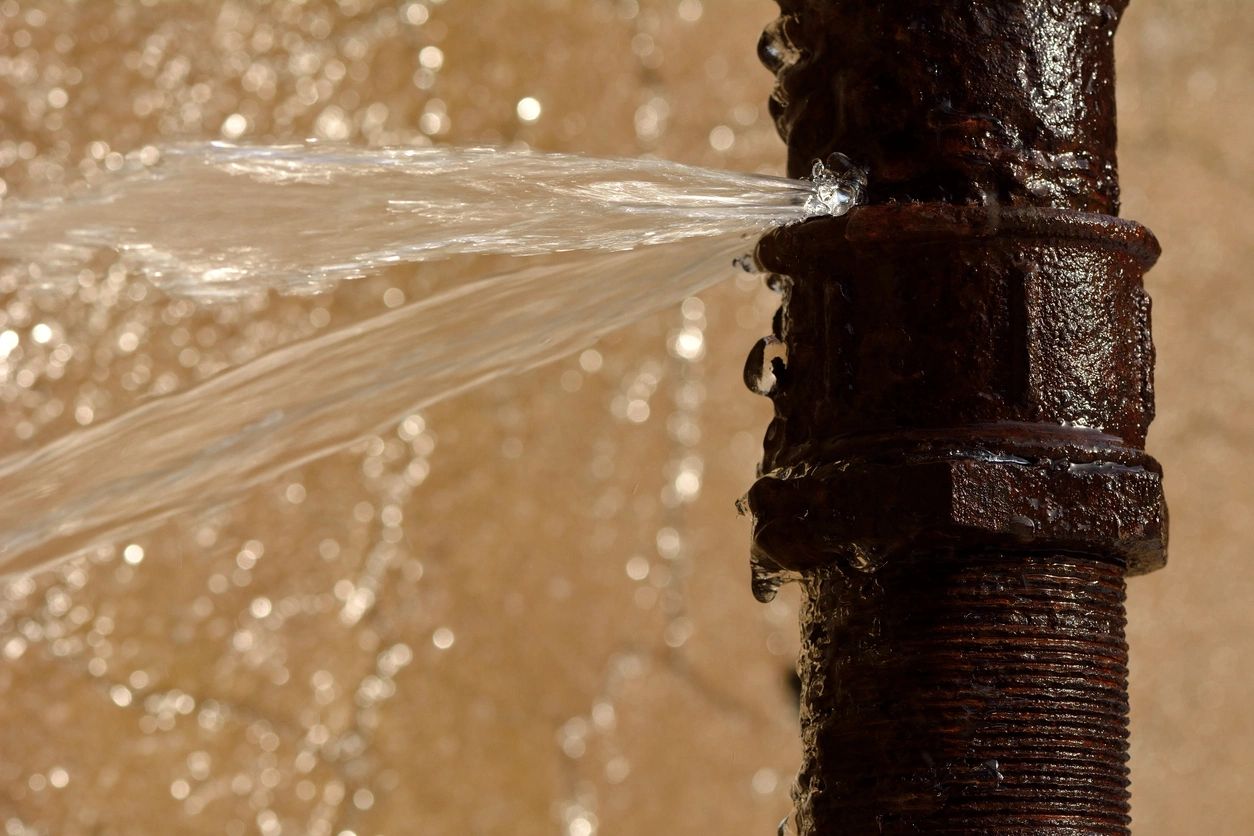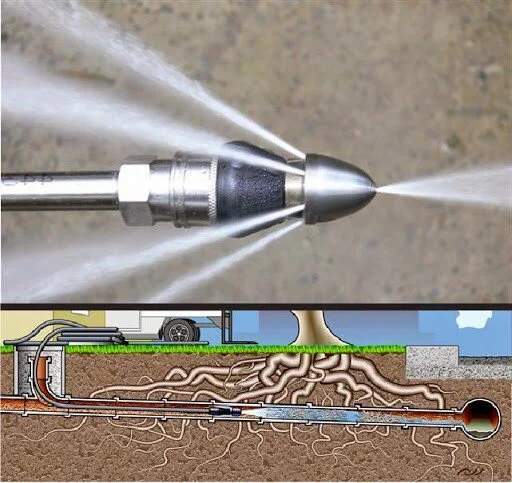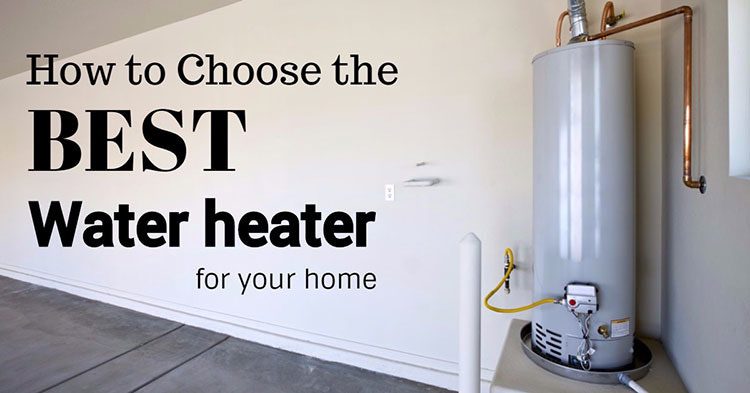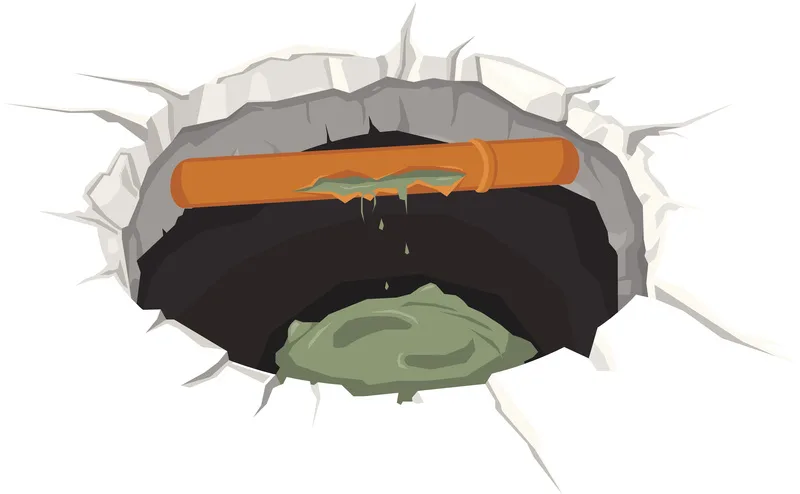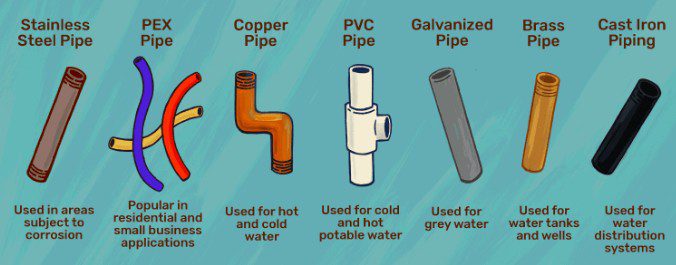Tacoma Washington Water Heater Repair & Maintenance
Do you wake up to icy cold showers in the morning? If so, your home may require expert water heater repair services. As a homeowner in Pierce County, WA, and surrounding areas, one of the essential components in your house is the water heater. It ensures that you have a constant supply of hot water for bathing, washing dishes, and other daily tasks. This makes water heater repair or replacement essential when your system breaks down.
Here, we'll cover everything you need to know about our water heater repair services at Atlas Home Services.
A water heater is a household appliance that is used to heat and store hot water for use in sinks, showers, and other household activities. Water heaters typically use either electricity, natural gas, propane, or oil to heat the water.
The most common type of water heater is a tank-style water heater, which stores a large amount of hot water in a tank until it is needed. When hot water is used, cold water enters the tank and is heated to the set temperature by a heating element or burner.
Tankless water heaters are another type of water heater that are becoming more popular. These units do not store hot water in a tank, but rather heat the water as it flows through the unit, providing an endless supply of hot water on demand.
Water heaters are an essential component of any home, and it is important to choose the right size and type of water heater for your household's needs. Regular maintenance of the water heater, such as flushing the tank and checking the pressure relief valve, can help extend the life of the appliance and prevent problems.
We’re proud to serve communities throughout the region, including:
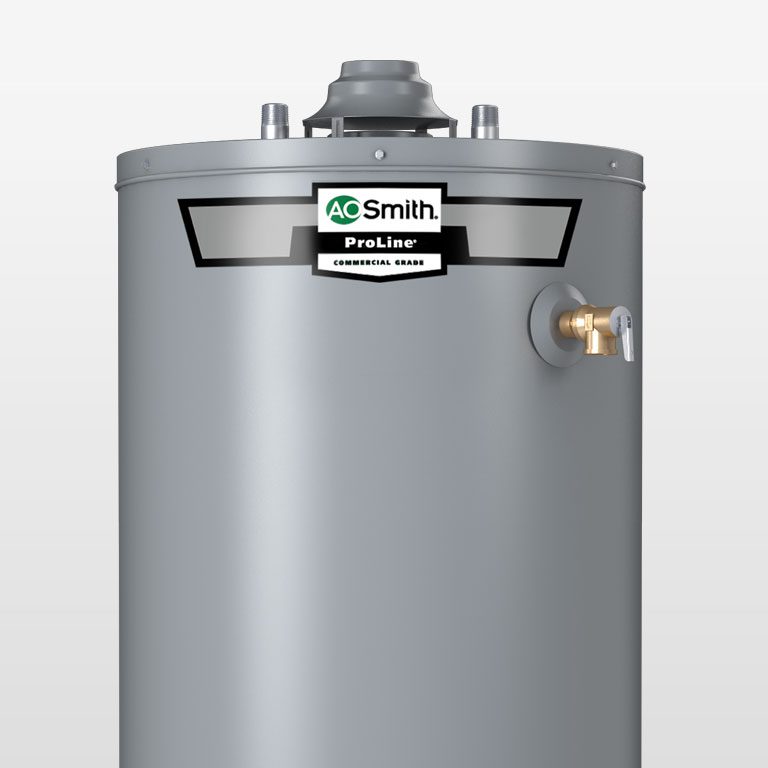
Repair Your Water Heater
Our local Tacoma plumbing experts are available to take care of your water heater repair today. They’ll evaluate your problem, provide a solution & upfront price, and then get to work!
Upfront Pricing
No Hidden Costs
Quality Work
100% Satisfaction Gauranteed
Same Day Service
For All Emergencies
Upfront Pricing
No Hidden Costs
Quality Work
100% Satisfaction Gauranteed
Same Day Service
For All Emergencies
Upfront Pricing
No Hidden Costs
Quality Work
100% Satisfaction Gauranteed
Same Day Service
For All Emergencies
When Do You Need to Repair a Water Heater?
Not all water heater problems are immediately evident. Some signs are more subtle than others. For instance, if your water heater isn't heating water as effectively as it used to, or if it's making unusual noises, it may be time to call a professional. Other issues to look out for include:
- A significant decrease in the amount of hot water being produced
- Leaking around your water heater unit
- Strange smells or discolored water coming from your hot water faucets
Not Sure Which Water Heater is the Right Choice?
At Atlas Home Services, we often install the most common type of water heater: the tank water heater. These units, typically found in closets or utility rooms, have large tanks that can hold 30 to 50 gallons of water.
How Do Tank Water Heaters Work?
Tank water heaters operate by using heating elements to warm a tank full of stored water, keeping it ready for use. As you use hot water, the tank refills with cold water, which is then heated. These units are popular due to their easy installation and affordable pricing. They work efficiently with both gas and electric power systems. However, they generally last around 10 years. One significant drawback is that a tank leak could result in flooding your home with gallons of water.
Trust Atlas Home Services for reliable tank water heater installations and maintenance in Tacoma, WA.
At Atlas Home Services, we offer the latest in water heating technology with our tankless water heaters. Unlike traditional tank-style water heaters, these units heat water instantly as it flows through, eliminating the need for a storage tank. This means you never run out of hot water and avoid the risk of tank leaks. Tankless water heaters are compact and can even be installed on your home’s exterior, saving valuable indoor space.
Why Choose a Tankless Water Heater?
Tankless water heaters, while initially more expensive, offer long-term benefits by lasting 10-15 years longer than traditional tank-style units. They provide continuous hot water and take up much less space. However, it's important to note that they might struggle to meet high simultaneous demand, such as multiple showers running at once. Additionally, they are not typically recommended for homes with an electric power supply due to efficiency concerns. Installation can be more costly because they require specialized gas piping and electric wiring.
Trust Atlas Home Services for expert installation and maintenance of tankless water heaters in Tacoma, WA, and experience the benefits of modern water heating technology.
At Atlas Home Services, we offer the latest innovation in water heating technology: hybrid water heaters, also known as heat pump water heaters. These advanced units combine the best features of tank-style and tankless water heaters. They draw in heat from the outside air to instantly heat water and, during high-demand times, switch to traditional tank heating to provide a large volume of hot water.
Why Choose a Hybrid Water Heater?
Hybrid water heaters are highly energy-efficient and ensure you always have enough hot water. A unique feature of these units is their ability to cool a space up to 700 square feet, such as a garage or studio. While the initial cost is higher, they offer long-term savings on energy bills and have a long lifespan. However, there are a few considerations:
- Pros:
- Energy-efficient
- Consistent hot water supply
- Can cool small spaces
- Long lifespan and cost savings on energy
- Cons:
- Only available in electric models
- Require specific placement (e.g., garages or large closets)
- Best suited for warm climates
While hybrid water heaters are not ideal for colder regions, they are perfect for the Tacoma area. Trust Atlas Home Services for expert installation and maintenance of hybrid water heaters, and enjoy the benefits of this cutting-edge technology.
Advantages of Professional Water Heater Repair Services in Pierce County, WA
Trying to repair your own water heater might seem like a way to save money, but it often ends up being a false economy. Without the right training and experience, you risk causing further damage or creating a potential safety hazard. By using a professional water heater repair service, you get the peace of mind that comes with knowing the job is done correctly.
Here at Atlas Home Services, our professional plumbing services team specializes in water heater repair. Whether you have a gas water heater, an electric water heater, or a tankless water heater, we can diagnose and fix any problems you may be experiencing. Our technicians serve all of Pierce County, including Tacoma, WA, and nearby areas.
Traditional and Tankless Water Heater Repairs
Our team of expert plumbers can handle all types of water heater repair, including both traditional and tankless systems. Traditional tank water heaters store and heat water in a large tank until it's needed. Over time, the tank may corrode, causing leaks and inefficiencies, which our technicians are skilled at fixing.
On the other hand, tankless water heaters, also known as on-demand systems, heat water as you need it. This leads to increased efficiency but comes with its unique set of potential problems. Our expert team can swiftly diagnose and repair these issues, ensuring you're never without hot water.
The Best Water Heater Technicians in Pierce County, WA
Here at Atlas Home Services, we pride ourselves on providing a great service. Our plumbers have years of experience and a large number of five-star reviews from our satisfied customers. Whether you need a water heater repair, water heater installation, or new water heater, our team is always ready to provide the highest quality workmanship and products. We offer services on gas water heaters, electric water heaters, and tankless water heaters, among others.
We're a trusted plumbing company in the WA area, known for our commitment to our clients. When you need a repair, our goal is to ensure your system is up and running as quickly as possible.
The most prevalent issue with hot water heaters, whether gas or electric, is insufficient or inconsistent hot water. This can often result from a malfunctioning thermostat or a failing heating element in an electric water heater. For gas water heaters, the pilot light might be out or the gas control valve could be faulty. Accumulation of sediment in the tank is another common problem, leading to reduced efficiency and potential overheating.
Several parts of a water heater can fail over time due to wear and tear. Heating elements in an electric water heater often burn out and require replacement. The thermostat, which controls the temperature of the water, may also malfunction. For gas water heaters, the thermocouple or gas control valve can fail. The pressure relief valve, designed to release water when pressure or temperature gets too high, can also malfunction, potentially posing a safety risk. Lastly, the tank itself may corrode over time, leading to leaks and necessitating replacement.
Water heater leaks often come from a few common areas. The most obvious is the tank itself, which can corrode and leak over time. The pressure relief valve can also leak if it becomes faulty. In addition, fittings and connections, such as the inlet and outlet connections or the drain valve, might leak if they become loose or worn. For tankless water heaters, internal components might leak if they become damaged or worn out.
Whether it's worth repairing a hot water heater depends on several factors, including the age and overall condition of the unit, the extent of the damage, and the cost of the repair compared to the cost of a new water heater. If your water heater is over 10 years old and requires significant repairs, it might be more cost-effective to replace it with a new, more energy-efficient model. However, for minor issues or newer units, a professional water heater repair can extend the unit's lifespan and save money in the long run.
Several issues might cause a hot water heater to stop working. For electric water heaters, the heating elements might fail or the thermostat might malfunction. A tripped circuit breaker could also cut power to the unit. For gas water heaters, issues with the pilot light, thermocouple, or gas control valve could prevent the unit from heating water. Accumulation of sediment in the tank can also cause inefficiency and overheating, potentially leading to the water heater shutting down. Regular maintenance and timely repairs are essential to prevent these issues and keep your hot water heater in optimal condition.
- Water Heater
- Drain Cleaning
- Sewer
- Uncategorized
- Water Heater
- Water Leak


